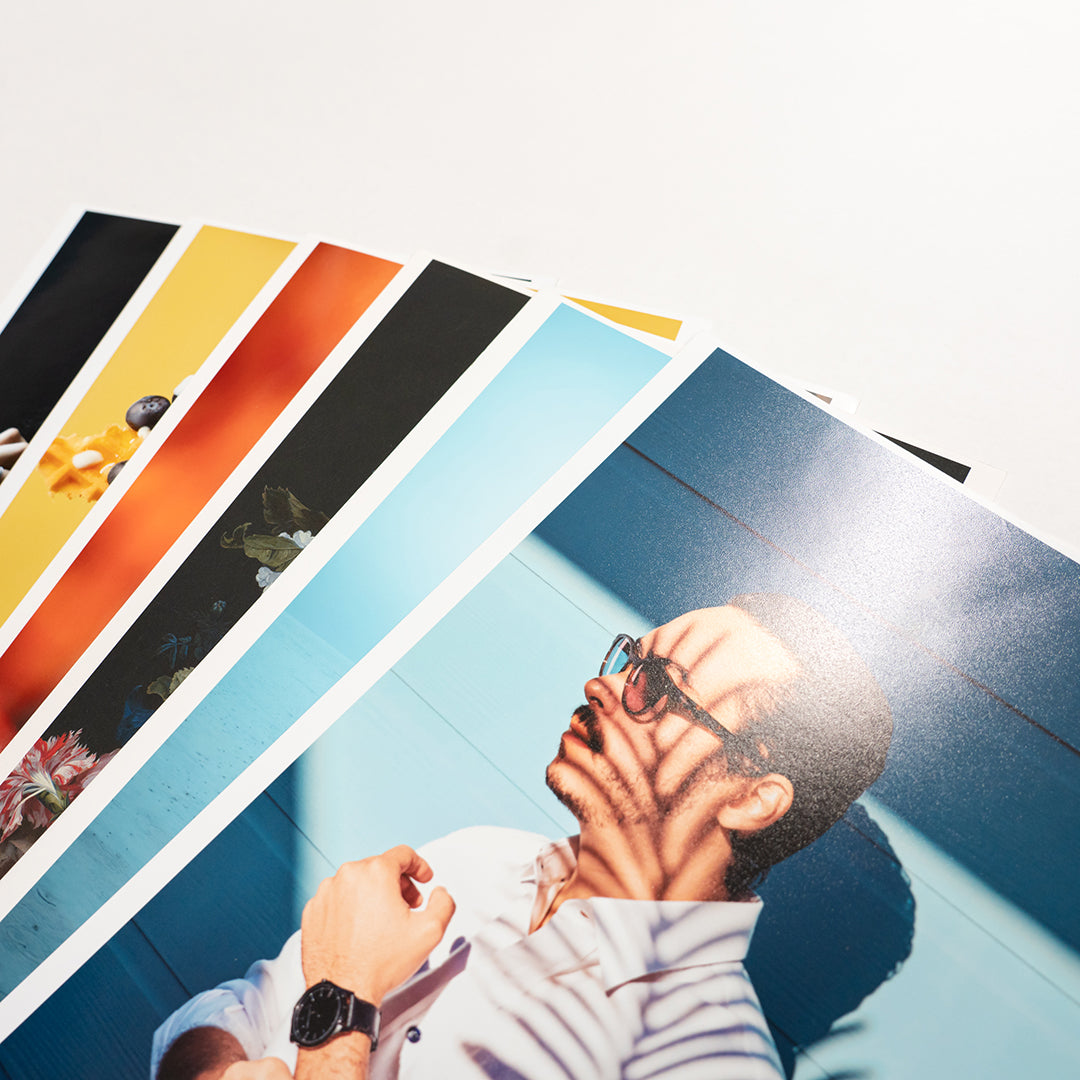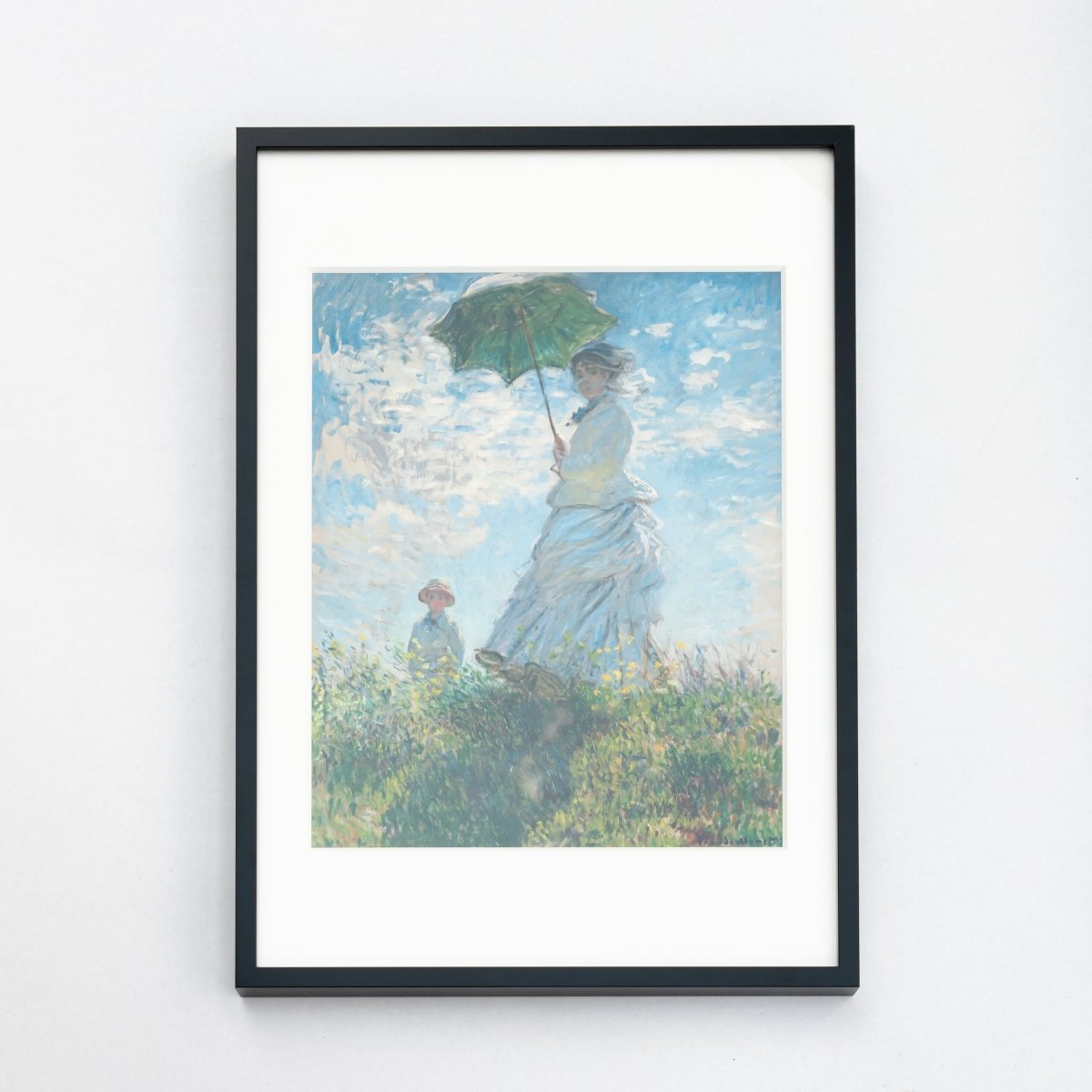Trouble-free solo exhibition printing: Key points for success
目次
この記事について

PHOTOPRI(フォトプリ)
プロ品質の写真プリントサービス
「PHOTOPRI(フォトプリ)」は、写真展クオリティのプリントを提供する専門店です。一枚一枚の色を丁寧に調整し、30種類以上の用紙から最適なものを提案。あなたの作品が持つ魅力を最大限に引き出すお手伝いをします。大切な作品を、最高の形で残しませんか?
My name is Matsumura , and I am the CEO of PHOTOPRI, a large-format printing service offering exhibition-quality printing .
I also work as a professional photographer.
Today I will be explaining about "Printing for Solo Exhibitions."
Finally, we will provide you with some useful information that you can use when ordering prints for your solo exhibition, so please read to the end.
1. Basic knowledge for successful solo exhibition printing
Careful advance preparation is essential for the success of a solo exhibition.
The first thing you should do is figure out what printed materials you will need for your exhibition. The main ones are posters, flyers, invitations, and captions for the artworks.
These printed materials are used for a variety of purposes, such as announcing solo exhibitions, explaining artworks, and promoting sales.
Organize the types and uses of printed materials in advance and calculate the number of items you will need.
The choice of printing company is also an important factor.
You need to take into consideration not only the price, but also their responsiveness, technical ability, and accuracy of delivery dates.
The best way to go about it is to get quotes from multiple companies and then make a comprehensive decision.
1-1. Tips for choosing printed materials: from posters to business cards
There are a wide variety of printed materials that can be used in a solo exhibition.
First of all, posters and flyers are essential.
These posters can be posted and distributed inside and outside the venue to help announce your solo exhibition. Costs vary depending on the size, paper quality, and printing method, so choose one that fits your budget.
Next, you can send invitations to the gallery's mailing list, or to individual contacts.
If you plan on selling your work, you should also consider creating business cards and a product catalog.
Business cards are a tool for communicating contact information, while catalogs are a tool for conveying the appeal of your work.
1-2. How to order and order flow: Supporting smooth process
Print orders can generally be placed through the printing company's website.
First, select the printed material you need from the product list, then upload your manuscript file following the data submission instructions.
After specifying the size, number of copies, paper, options, etc., you can confirm the order. If you prefer to place an order offline, some companies will handle it by phone, email, or in-store.
In either case, please be sure to thoroughly review your order and feel free to ask any questions you may have.
If you have any questions about printing data or submission methods, you can expect the process to go smoothly by consulting the person in charge.
1-3. Creating an original design: Reflecting the atmosphere of the exhibition
The design of the printed materials is an important element in creating the atmosphere of a solo exhibition.
If you're an artist, we recommend that you design it yourself, but you can also hire a professional to do it for you.
Successful artists use unique and impactful designs. It is important that the design reflects the theme and concept of the solo exhibition and the image of the work.
Try out different color schemes, font choices, layouts, and more to create an attractive design that stands out from the crowd.
If you create a unified design, you can also expect a branding effect.
It would also be interesting to incorporate part of the work into your design.
1-4. How to choose paper, color, size, etc.
The choice of paper, color, and size are important factors that affect the quality of a printed work.
First, choose the paper that best balances cost and texture.
Coated paper and high-quality paper have good color and a luxurious feel, while matte paper creates a calm atmosphere.
Next is color; full color is the default, allowing for richer shades of color.
Monochrome is a low-cost option, but it can diminish the impact of your work.
When it comes to size, you need to consider the overall purpose, appearance, and cost.
Large-format posters have a great presence, but they have the disadvantage of being more expensive to print.
We recommend that you consider each element carefully and check the results with a test print.
1-5. Printing technology suitable for art: Differences between offset and digital
Printing artwork requires different technical approaches than general printing.
This requires more advanced printing technology, such as the ability to handle high-resolution image data and reproduce subtle colors.
Offset printing is the mainstream of fine art printing, and while it is a traditional printing method that uses plates, it is capable of producing high-quality output. Meanwhile, digital printing has also evolved, demonstrating its strengths in short delivery times and small lot production.
Each method has its advantages and disadvantages, so you need to choose the method that best suits your purpose and creative intent.
For example, offset is recommended for printing limited edition pieces.
Check the printing company's technical capabilities and share your image of the finished product before choosing the most suitable method.
2. How to collaborate with a printing company to make your solo exhibition a success
Working closely with a printing company is essential to making your solo exhibition a success.
Printing companies should be viewed not simply as production companies, but as important partners in solo exhibitions.
Printing companies have accumulated a wide range of know-how and experience in everything from planning to production and delivery of printed materials.
By working closely together from the preliminary meetings stage, you will be able to receive advice from a professional perspective.
For example, you can expect suggestions that will influence the "sales" of your solo exhibition, such as design proposals that will increase the effectiveness of your advertisements and combinations of printed materials that are likely to attract more visitors.
In addition, the printing company may also provide some support with coordination with the exhibition venue and setup work.
You can also request the production of original goods.
It could also open up new revenue sources for artists.
In this way, if you can work well with a printing company, you can expect a variety of benefits that will lead to your solo exhibition being a success.
2-1. Advice from pre-consultation: Improving the quality of printed materials
Prior consultation with the printing company is an essential process for improving the quality of the printed material.
With expert advice, you can produce higher quality print materials.
For example, you can receive guidance on things to be careful of when submitting data and on file formats that will produce a cleaner final product.
You will also get specific suggestions on paper type and printing method.
Another major benefit is being able to check the differences in nuance while looking at the actual print sample.
They may also be able to suggest a cost-effective method based on the number of copies you want to print.
If you choose a printing company with a lot of experience, you can get advice from a professional perspective and expect a high-quality finished product.
2-2. Collaboration with galleries: exhibition event announcements and venue preparation
It is important to work closely with the gallery that will be hosting the solo exhibition and build a cooperative relationship.
First, we will have detailed discussions with the gallery about using printed materials for announcements.
If you can get cooperation from the facility, such as securing space to put up posters, place flyers, and use direct mail, your ability to attract customers will increase dramatically.
When it comes to exhibiting works, close sharing of information with the gallery is essential.
Cooperation is essential in setting up the venue, including producing and installing panels and captions, and arranging lighting and fixtures.
You can also count on the gallery to help with running your exhibition.
Setting prices and handling the sales of works, organizing the venue, and dealing with staff all depend on the cooperation of the facility.
2-3. Increase customer attraction with direct mail and invitations: design tips and distribution methods
In order to attract more visitors to your solo exhibition, it is essential to make effective use of direct mail and invitations.
These printed materials are suitable for targeted announcements and play a role that is different from other media.
In terms of design, it is important that the content of the exhibition is conveyed clearly and that it encourages visitors to attend.
For example, the key would be to use a large image of the main work and keep the event details concise and easy to read.
Motivational phrases are effective, but it's best to go easy on the over-the-top design.
As for distribution methods, direct mail is typically sent via the gallery's mailing list.
At the same time, if you send the items individually to relevant parties, you can attract even more customers.
It is best to send invitations in advance, as this will create a greater reminder effect than distributing them on the day.
2-4. Creating caption cards and panels for exhibiting works
In a solo exhibition, it is essential to provide caption cards and panels to deepen understanding of the works.
You will need to include basic information such as the title of the work, the year it was made, the technique used, and the materials used.
It is best to use a consistent design for the way captions are written.
You should also consider installing guide panels that show visitors how to approach the works. The panels can include content that will deepen their understanding of the works, such as comments from the curator, the artist's style, and explanations of the exhibition structure.
The key to the design of these printed materials is to make them blend in with the atmosphere of your solo exhibition. While finalizing the design with the printing company, you should also discuss with the gallery staff as you proceed with the production.
2-5. Printing of merchandise for sale: Development of original art and illustrations
At a solo exhibition, you can also use printed materials to sell goods and original works.
Limited edition posters and art books can open up new revenue streams for artists.
These items will be in high demand, especially if you're a popular artist.
Generally, you can think of creating canvas art, art panels, art goods, etc. Canvas panels can be easily hung on the wall and can be enjoyed as interior decoration.
Art panels are products that are optimized for art prints and are characterized by their high expressiveness.
In addition, printing on everyday items such as T-shirts, tote bags, and acrylic accessories is also popular.
If you can develop original and attractive items, it will not only help boost your exhibition but also increase your profits.
この記事を書いた人

PHOTOPRI(フォトプリ)
プロ品質の写真プリントサービス
「PHOTOPRI(フォトプリ)」は、写真展クオリティのプリントを提供する専門店です。一枚一枚の色を丁寧に調整し、30種類以上の用紙から最適なものを提案。あなたの作品が持つ魅力を最大限に引き出すお手伝いをします。大切な作品を、最高の形で残しませんか?




